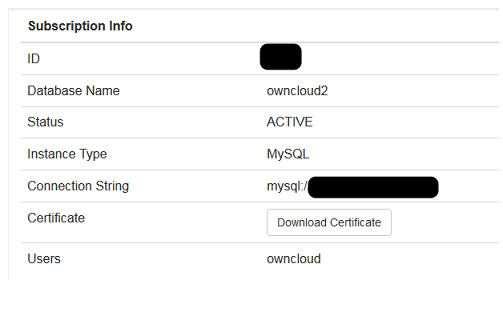

I’m not sure what the Bitnami appliance was doing behind the scenes during the boot process, since all output is suppressed early in the boot process.ġ) There is almost no output from the moment it boots until the login screen with the Bitnami banner. Both will likely be much faster using VMware, or a faster computer. Import and boot were done with VirtualBox on my MacBook Air. Jidoteki: 30seconds import, 30seconds boot VM import and boot times were also quite interesting: We set ours to NAT by default, which limits access to the user’s local computer - default “secured” (I know, I know, NAT is not security.).Ĥ. I think that’s a security risk, albeit a rather small one, at the expense of convenience - which is something I usually frown upon. Bridged mode by default will automatically make the VM accessible on the local network - before it has a chance to be configured. I guess this doesn’t matter so much, since the user can change it themselves, but the pcnet32 adapter is a 10mbit adapter, compared with the e1000 which is 1gbit. Jidoteki: E1000 (Intel Pro/1000 MT Desktop) in NAT mode Of course that is entirely configurable.īitnami: PCNet32 (AMD PCnet-PCI II) in Bridged mode I thought this Bitnami disk setup was weird, since ownCloud can easily require a lot of disk space for storing its data - why doesn’t the the VM ship with a 2nd disk by default? Jidoteki includes a 2nd disk setup with LVM, and automatically expands on boot when the user attaches a 3rd, 4th, 5th, or even 6th disk. Jidoteki: 1 x 8GB disk (sda1) w/ext2, 1 x 250GB disk (sdb1) w/ext4 + LVM That’s a 10x difference in disk usage for a VM that does the exact same thing.Ģ. Jidoteki: 90MB compressed, 141MB uncompressed (on disk) The first thing I noticed were the file sizes:īitnami: 448MB compressed, 1.5GB uncompressed (on disk) It’s almost identical to the x86_64 version.ġ. Here’s our post about a RPi ownCloud we built a while back. I recently stumbled on them again and decided to open up the Bitnami ownCloud virtual appliance, to compare it with a Jidoteki ownCloud virtual appliance I created just for testing.
Bitnami owncloud update update#
When any security threat or update is identified, Bitnami automatically repackages the applications and pushes the latest versions to the cloud marketplaces.I discovered Bitnami a while back, but never took the time to try out their virtual appliances. The respective trademarks mentioned in the offering are owned by the respective companies, and use of them does not imply any affiliation or endorsement.īitnami certified images are always up-to-date, secure, and built to work right out of the box.īitnami packages applications following industry standards, and continuously monitors all components and libraries for vulnerabilities and application updates.
Bitnami owncloud update software#
Trademarks: This software listing is packaged by Bitnami. For deployment issues, reach out to our support team at.
Bitnami owncloud update how to#
Learn how to install, configure, and manage it at. This open source solution is packaged by Bitnami. ownCloud is used for working on collaborative projects allowing users to create and edit RTF documents with others in real-time. It also enables you to share and stream your stored video and audio. It allows you to synchronize your devices with the ownCloud server making it very easy to upload any file stored locally to the cloud and provides password-protected links for friends and family. It gives you universal access to all your files, contacts, calendars, and bookmarks across all of your devices. OwnCloud is a private file sharing and syncing server.


 0 kommentar(er)
0 kommentar(er)
